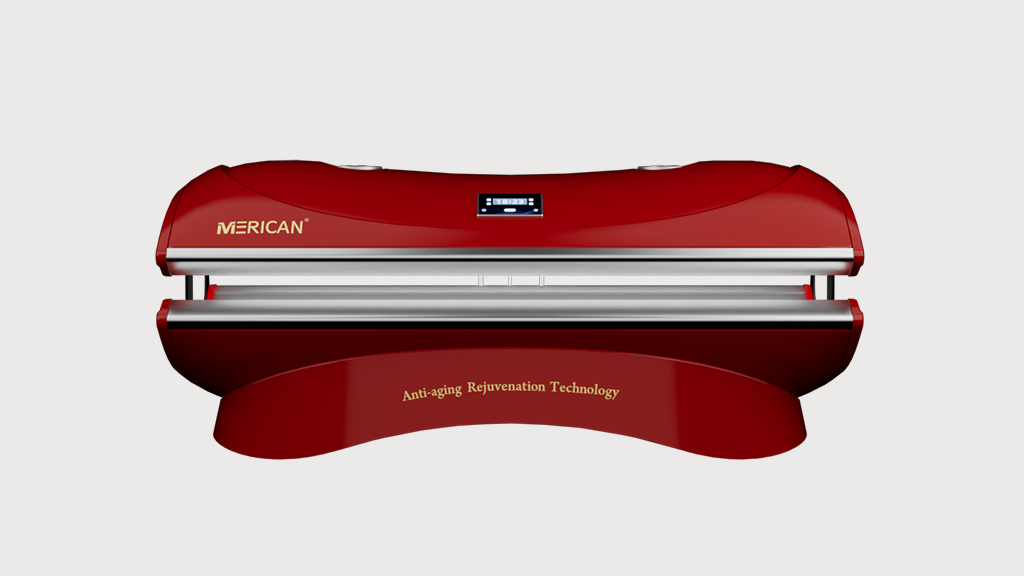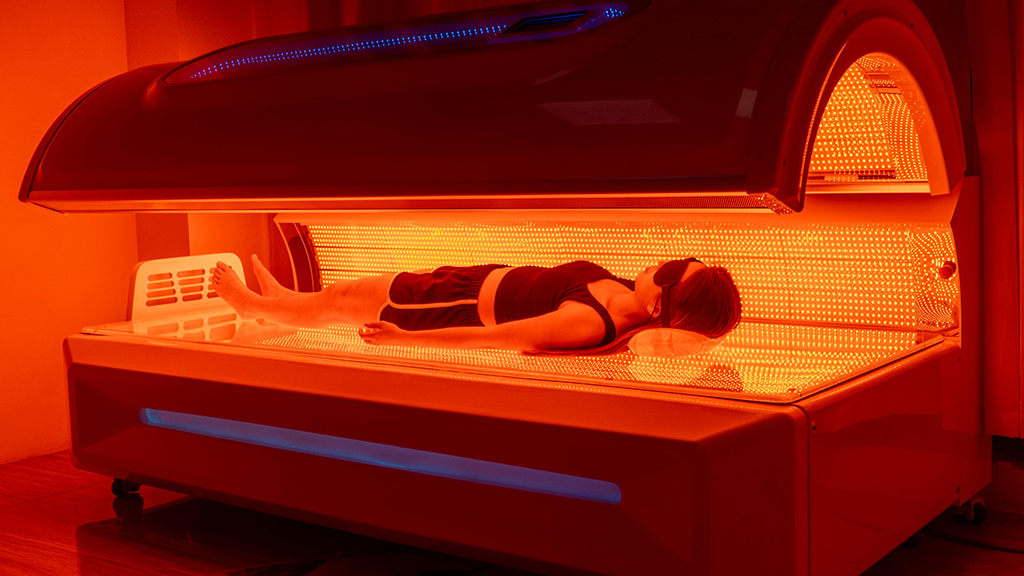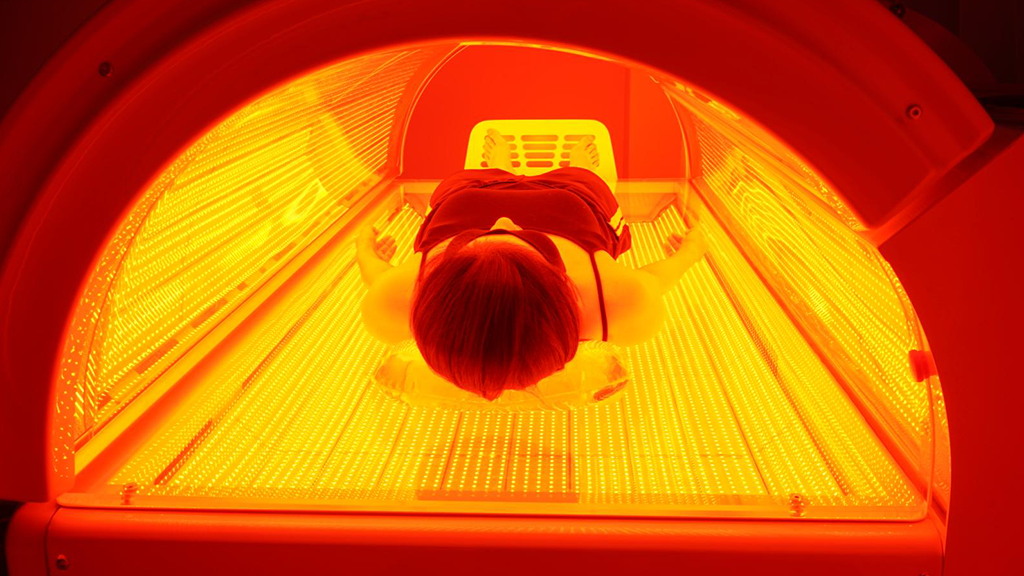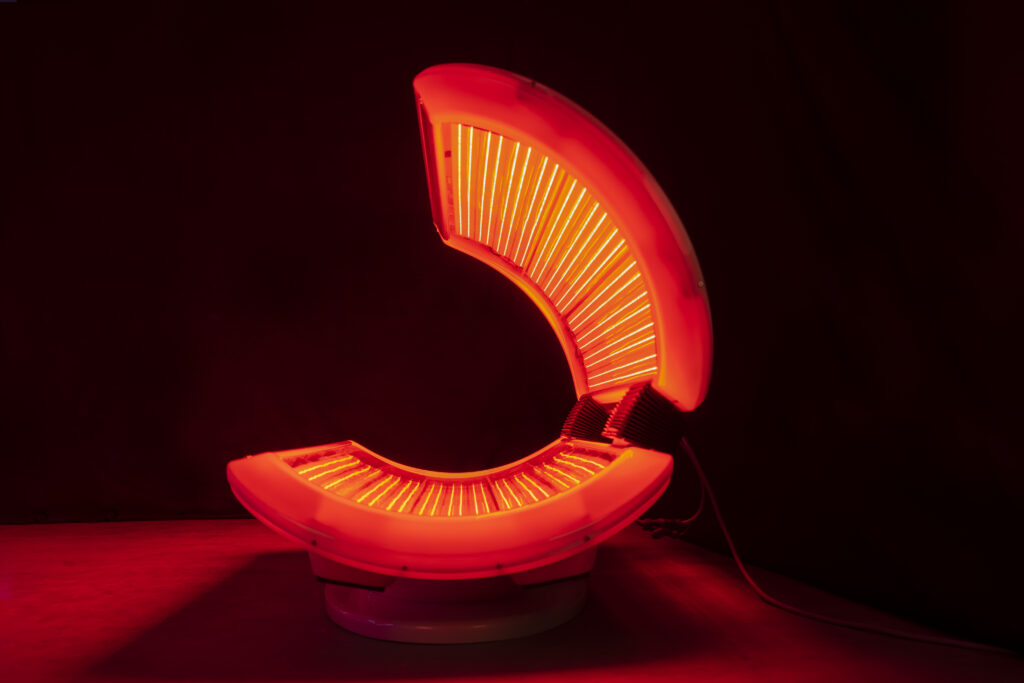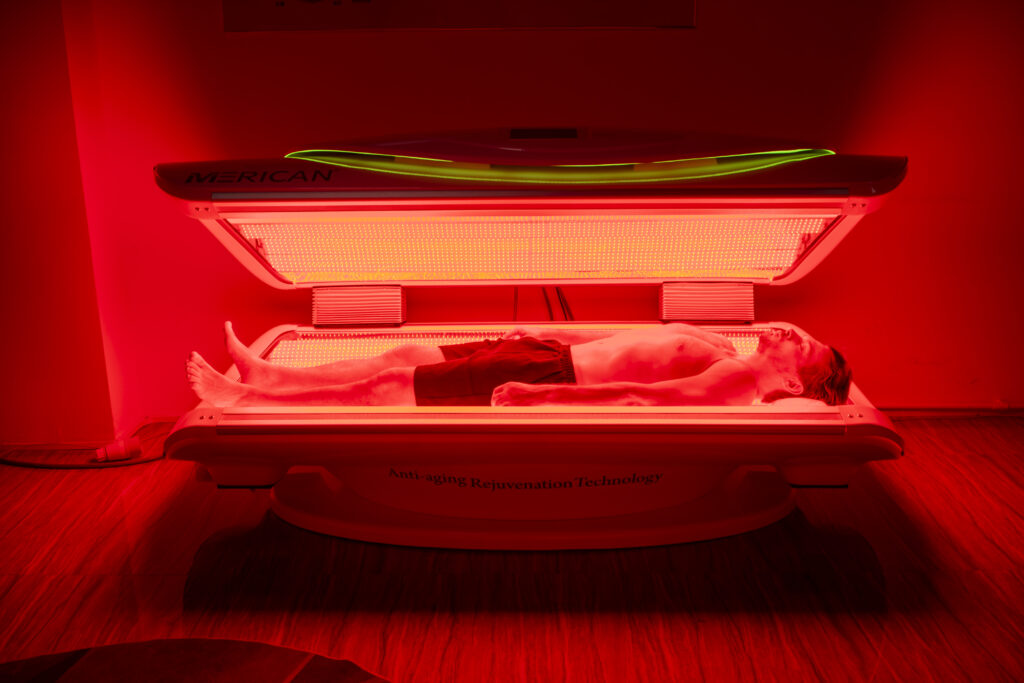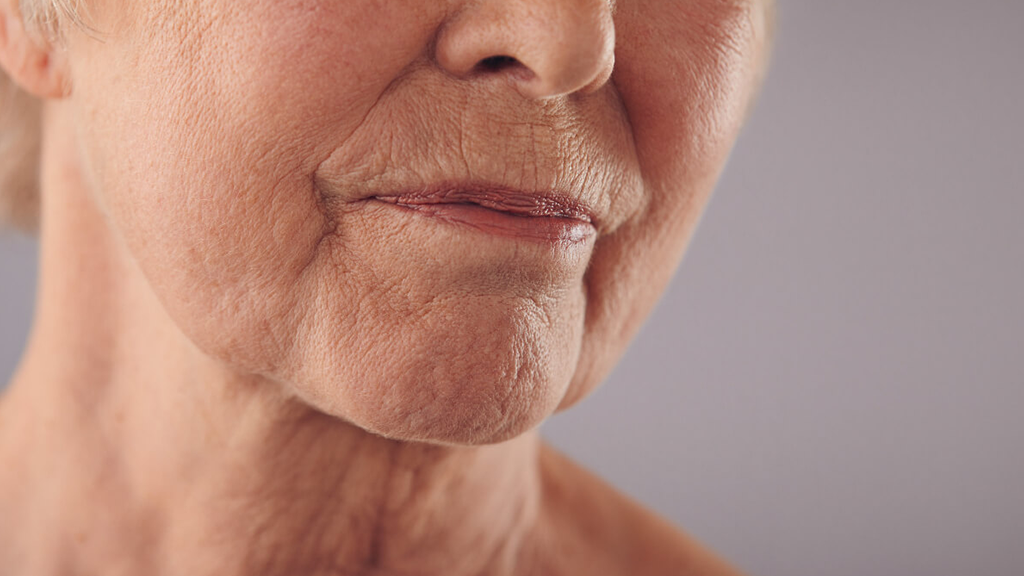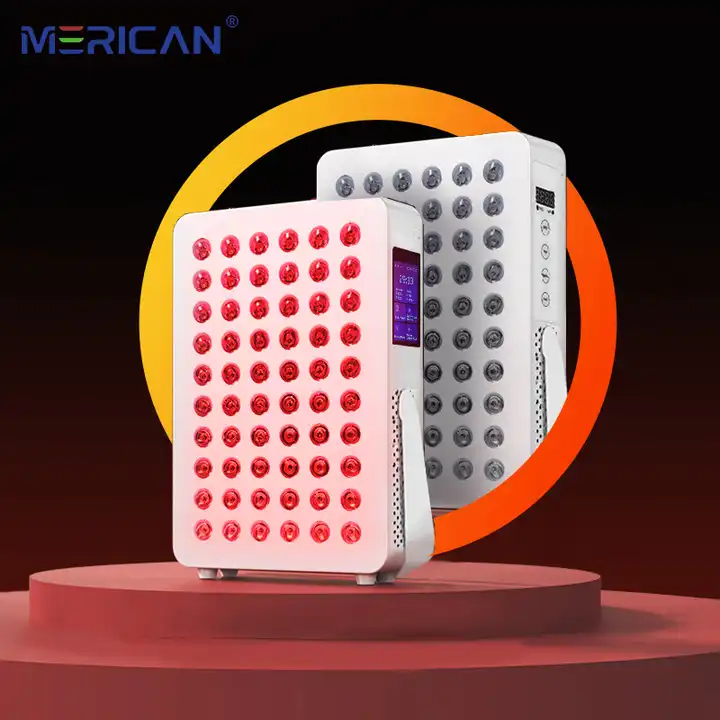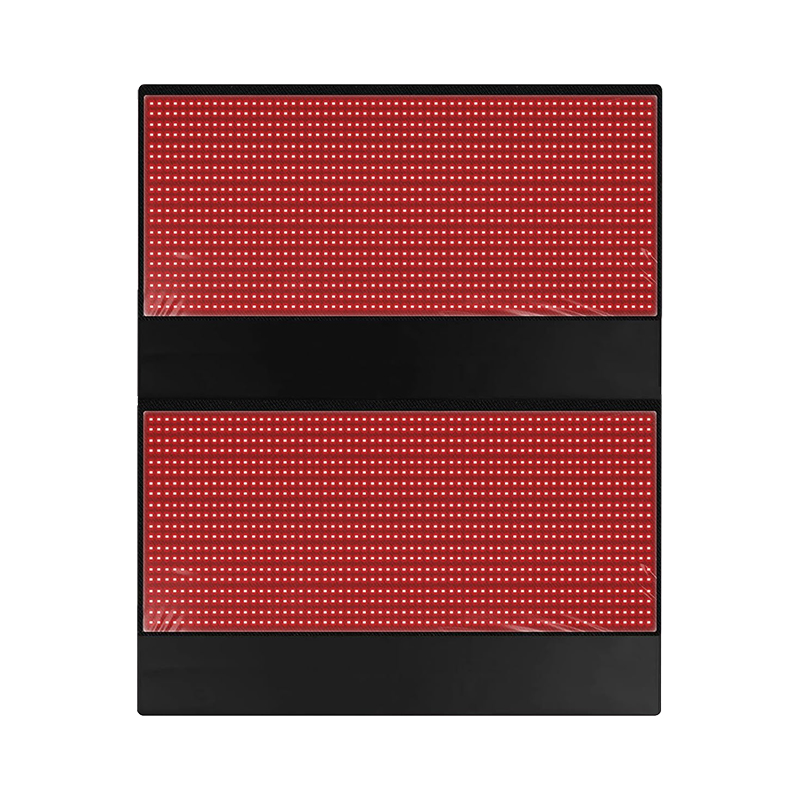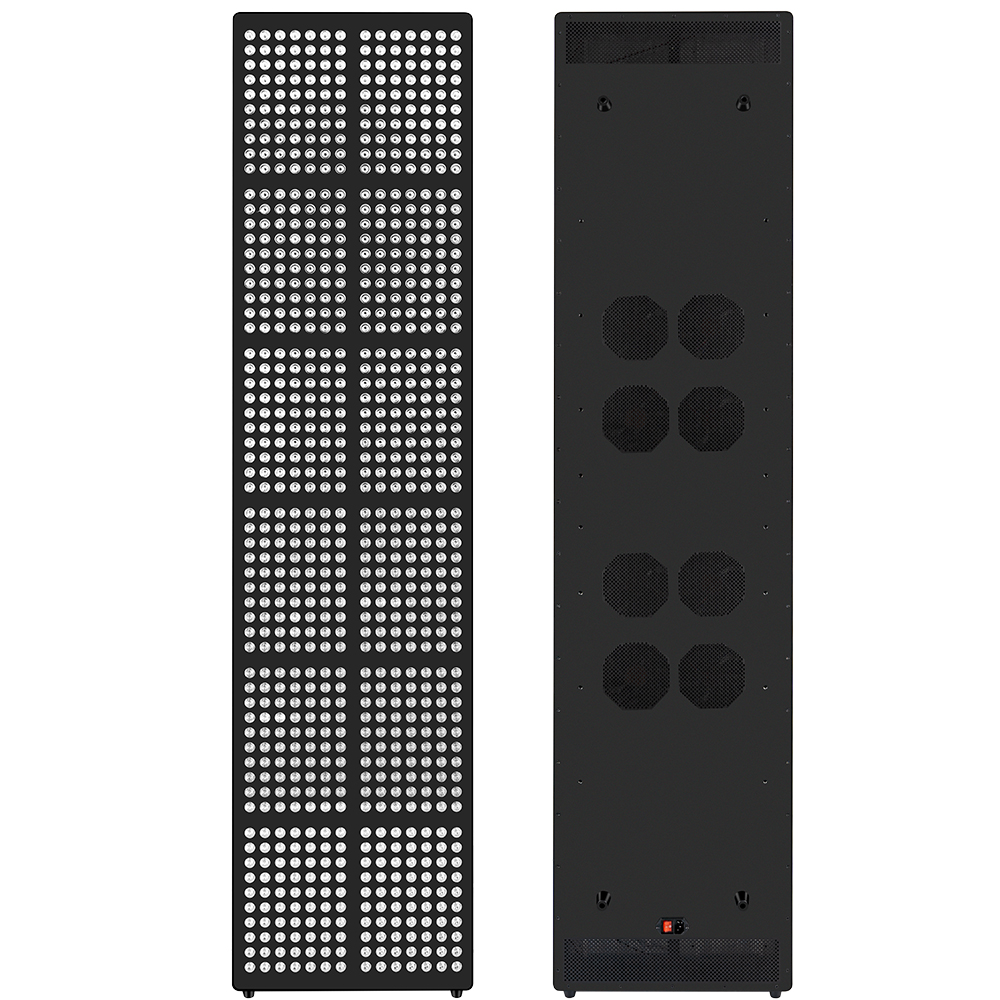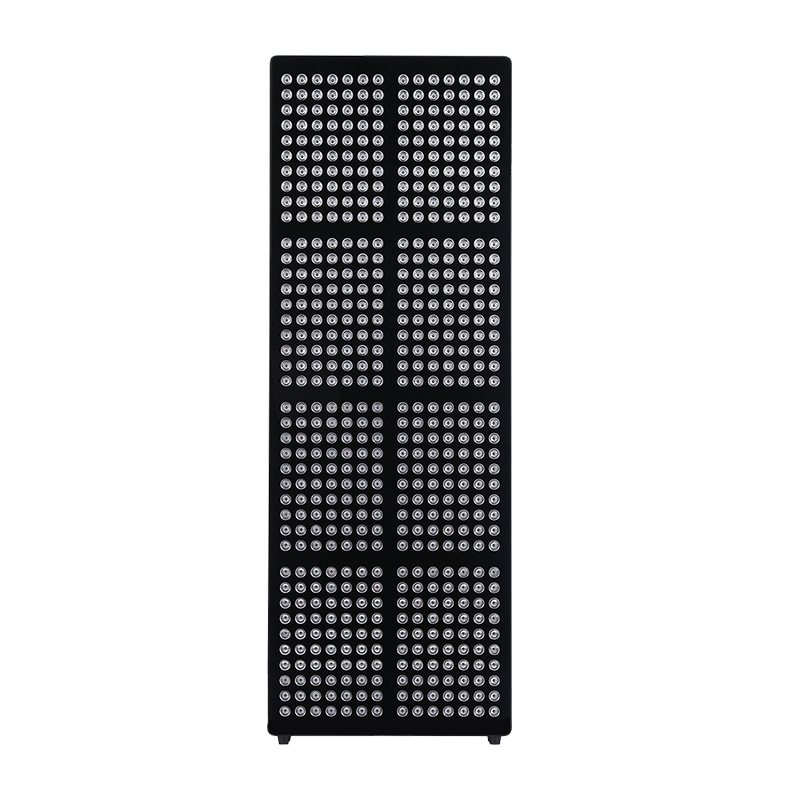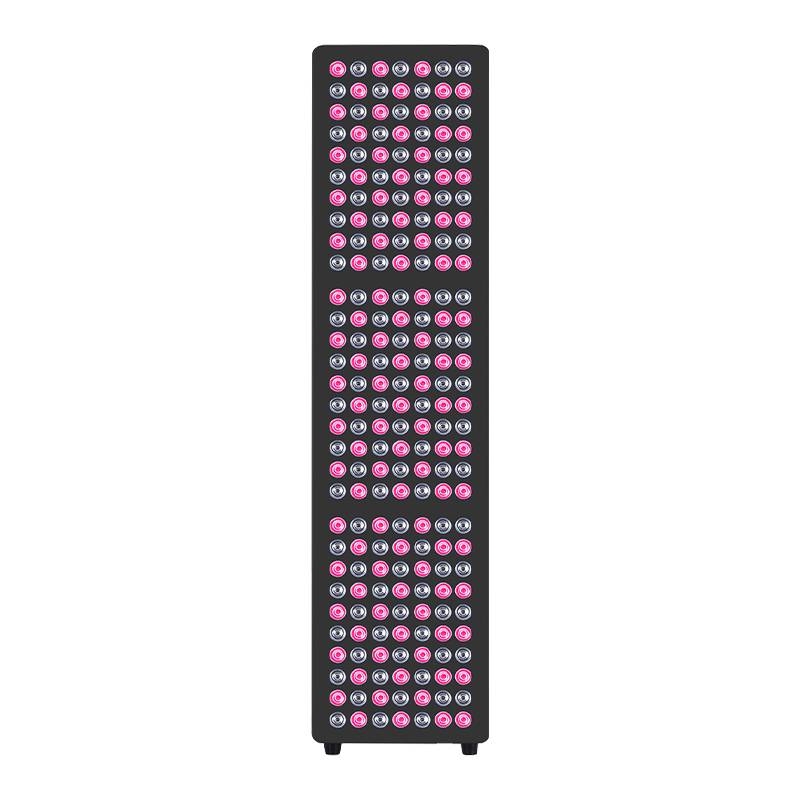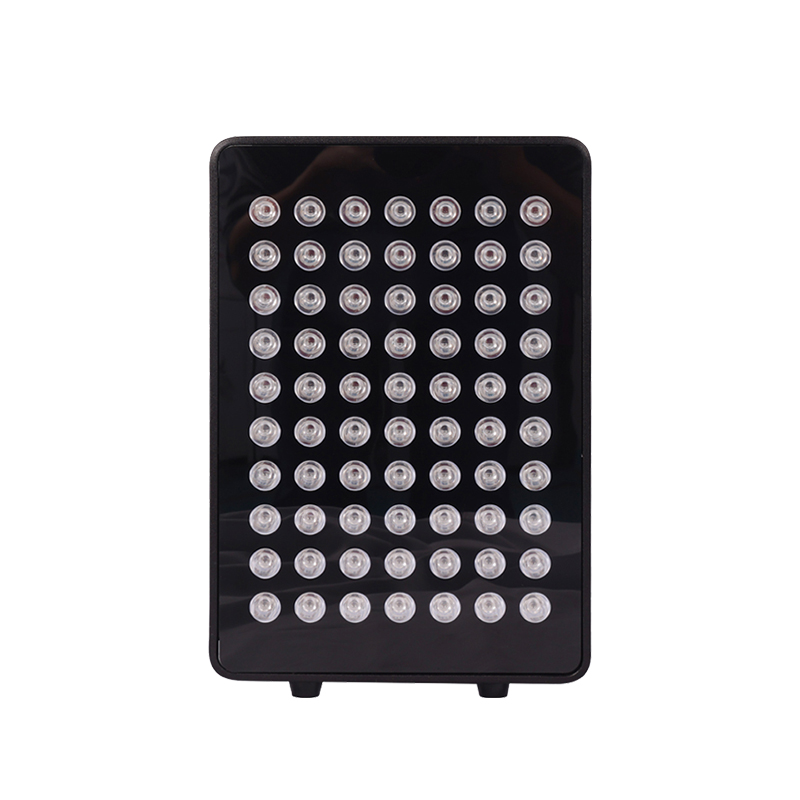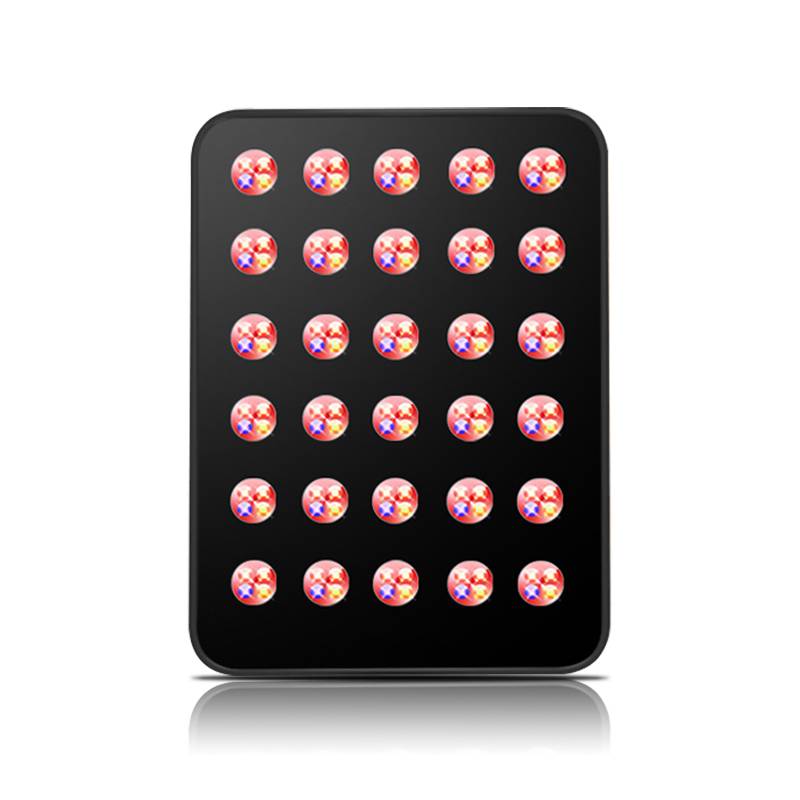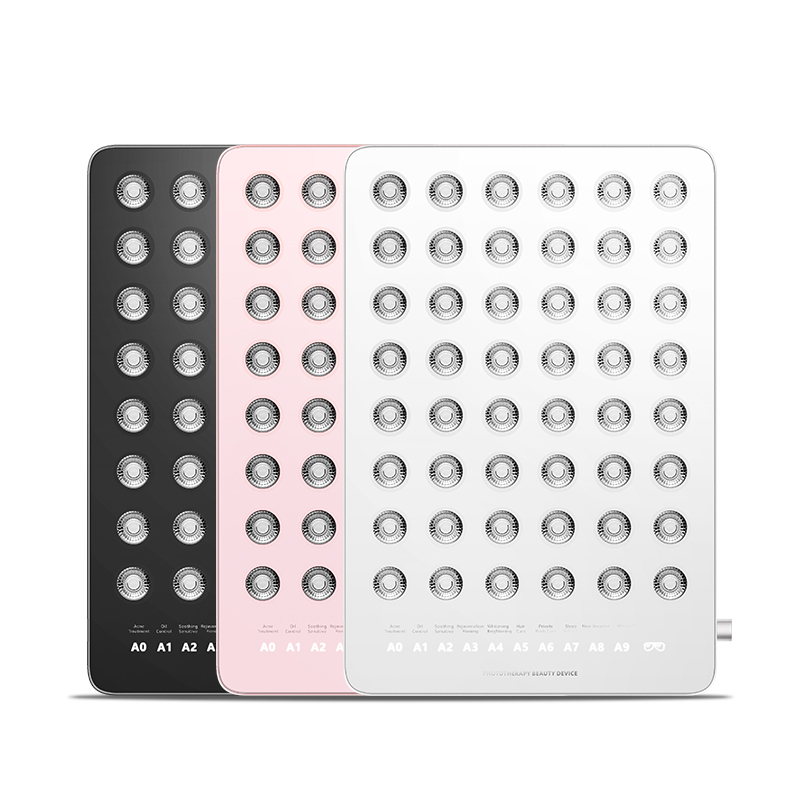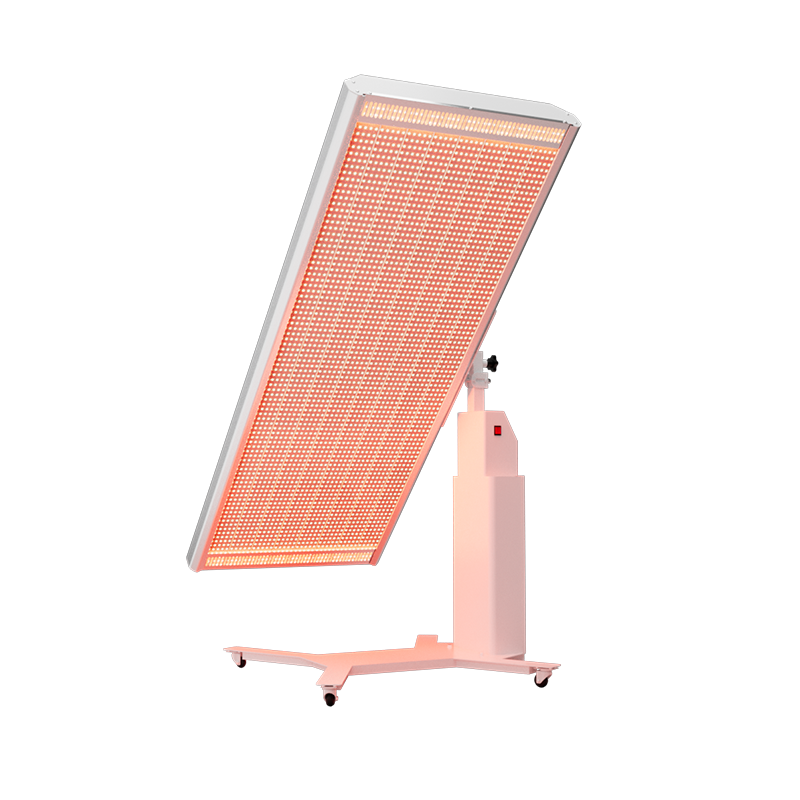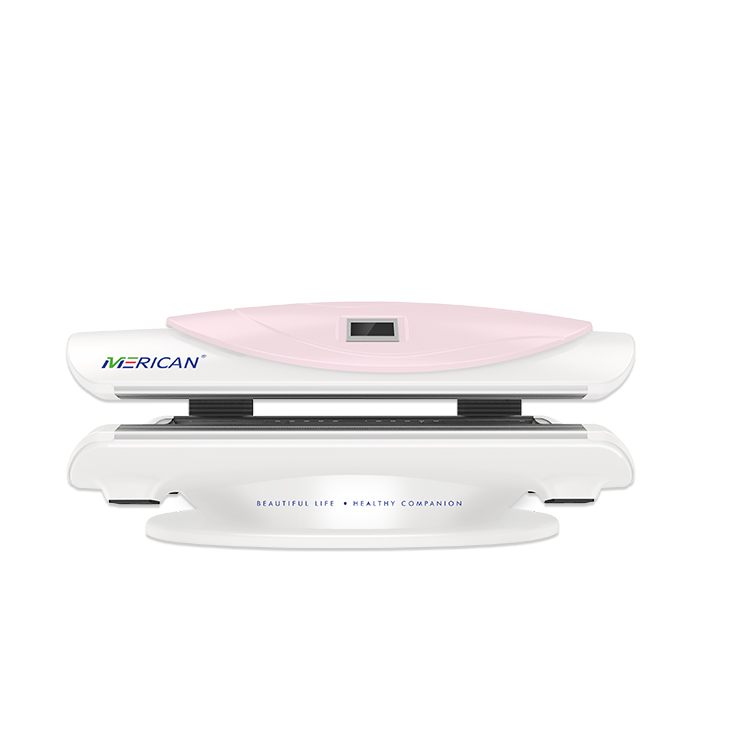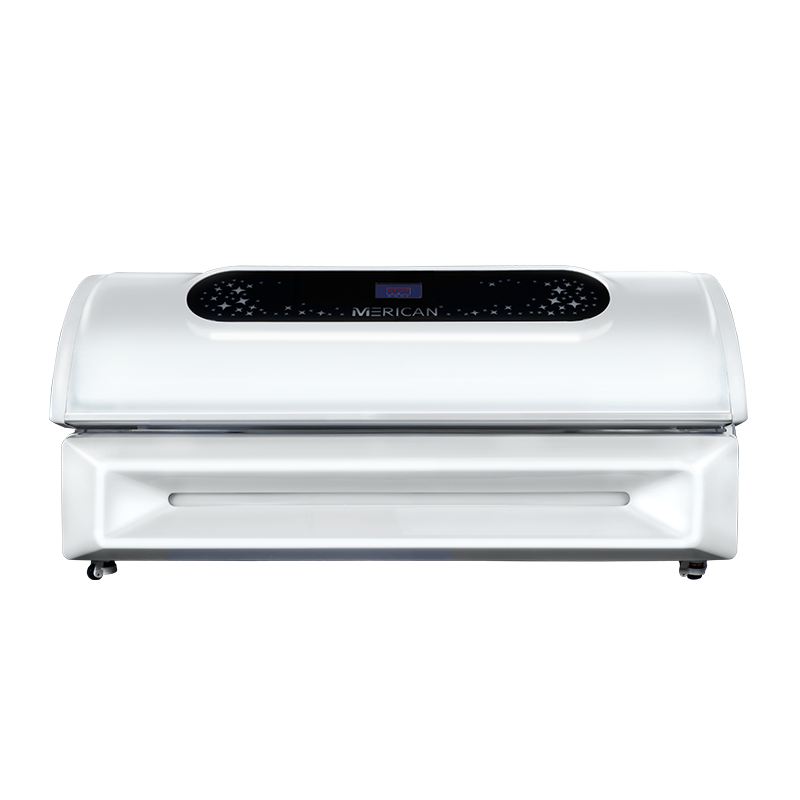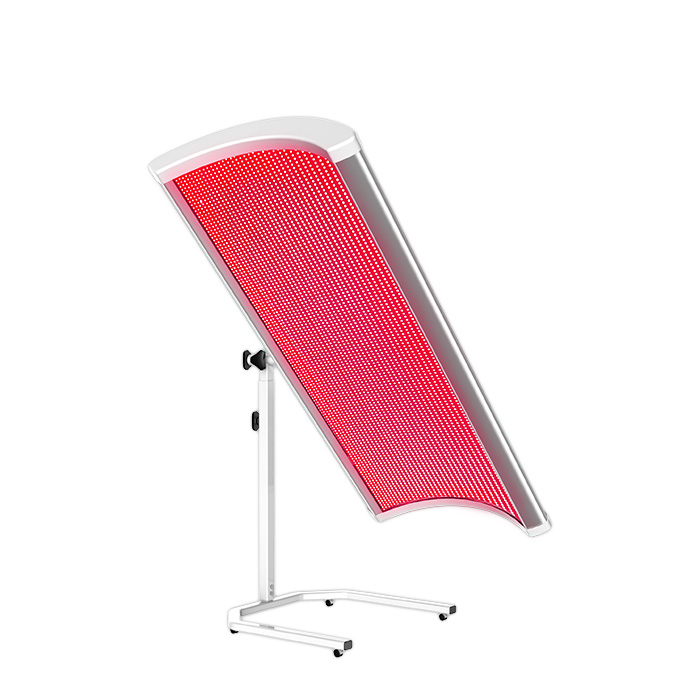What Is Seasonal Affective Disorder?
Seasonal Affective Disorder is a type of depression that follows a seasonal pattern, usually occurring during the late fall and winter when sunlight exposure decreases. Common symptoms include:
Low energy or fatigue
Difficulty concentrating
Oversleeping
Mood swings or irritability
Weight gain and carbohydrate cravings
Feelings of sadness or hopelessness
SAD is strongly linked to disruptions in circadian rhythm and reduced levels of serotonin and melatonin, all of which are influenced by light exposure.
The Role of Light in SAD — and Where Red Light Fits In
Traditional light therapy for SAD involves sitting in front of a 10,000 lux white light box, which mimics sunlight and helps reset the body’s internal clock. However, red light therapy works a little differently.
Red light therapy uses low-level red (630–660nm) and near-infrared light (810–850nm) to stimulate cells at the mitochondrial level, triggering beneficial biological effects without the harsh glare of bright white light.
How Red Light Therapy Helps with SAD
✅ 1. Resets Circadian Rhythms
Red and near-infrared light, when used in the morning or early evening, can help realign the body’s internal clock, which is often disrupted in people with SAD. This leads to improved sleep and mood regulation.
✅ 2. Boosts Mitochondrial Function
By stimulating energy production (ATP) in brain cells, red light therapy helps support mental clarity, emotional stability, and overall cognitive health — all of which are negatively affected during depressive episodes.
✅ 3. Regulates Melatonin and Serotonin
Red light therapy can help balance melatonin, the hormone that regulates sleep, while also indirectly supporting serotonin production — the “feel-good” chemical associated with mood and happiness.
✅ 4. Reduces Brain Inflammation
Studies show that red and near-infrared light can reduce neuroinflammation, a potential contributor to depression and mood disorders.
✅ 5. Safe and Soothing
Unlike white light therapy, red light therapy is gentler on the eyes, making it a more comfortable option for sensitive users. It also lacks the blue light wavelengths that may cause overstimulation or interfere with sleep if used too late.
What Does the Research Say?
While white light therapy is more widely studied for SAD, research into photobiomodulation (light therapy using red and near-infrared light) is growing:
A study published in Behavioral and Brain Functions found that near-infrared light significantly improved symptoms of major depressive disorder, suggesting promise for SAD as well.
Clinical reviews note that red/NIR light can modulate mood and increase cerebral blood flow, offering antidepressant-like effects without side effects.
How to Use Red Light Therapy for SAD
Timing: Use in the morning to help reset your circadian rhythm
Session length: 15–20 minutes
Frequency: 5–7 days per week during the fall/winter months
Devices: Choose a red light panel or lamp with 630–850nm wavelengths
Position: Sit about 6–18 inches away, targeting the face or forehead for cognitive effects
Pro tip: Use it as part of a relaxing morning routine with light movement, journaling, or meditation.
Is Red Light Therapy a Replacement for White Light Boxes?
Red light therapy is not currently a first-line treatment for SAD, but it may be an excellent complementary or alternative option, especially for those who find traditional bright light therapy uncomfortable or ineffective. Always consult a healthcare provider if symptoms are severe.
Final Thoughts
Red light therapy is emerging as a promising tool to help manage Seasonal Affective Disorder. By supporting brain health, balancing hormones, and aligning the body’s sleep-wake cycle, it offers a gentle, science-backed way to lift mood and restore energy — even in the darkest months of the year.

